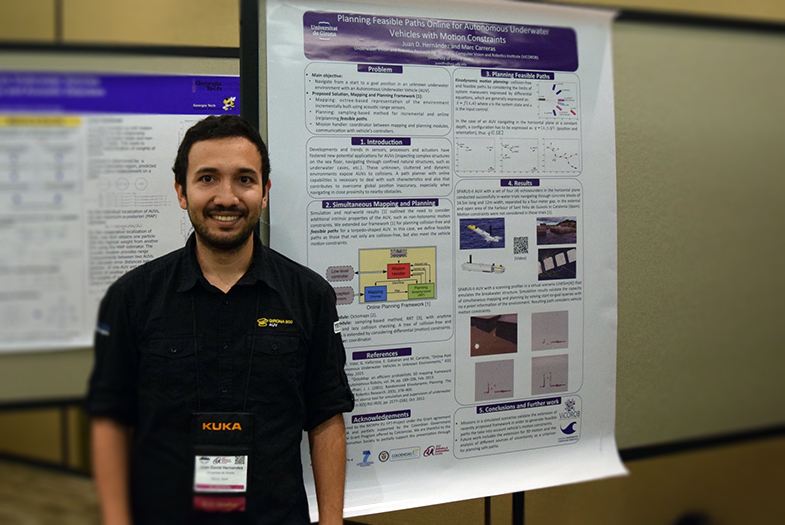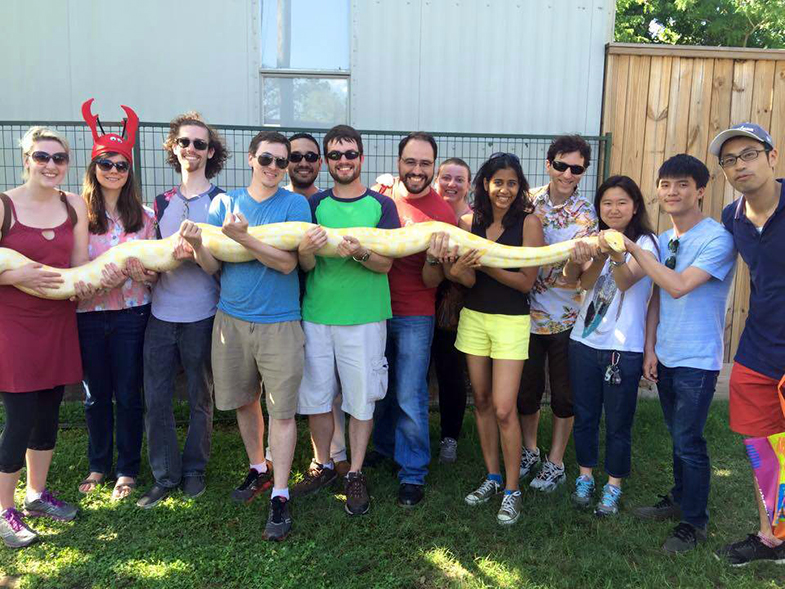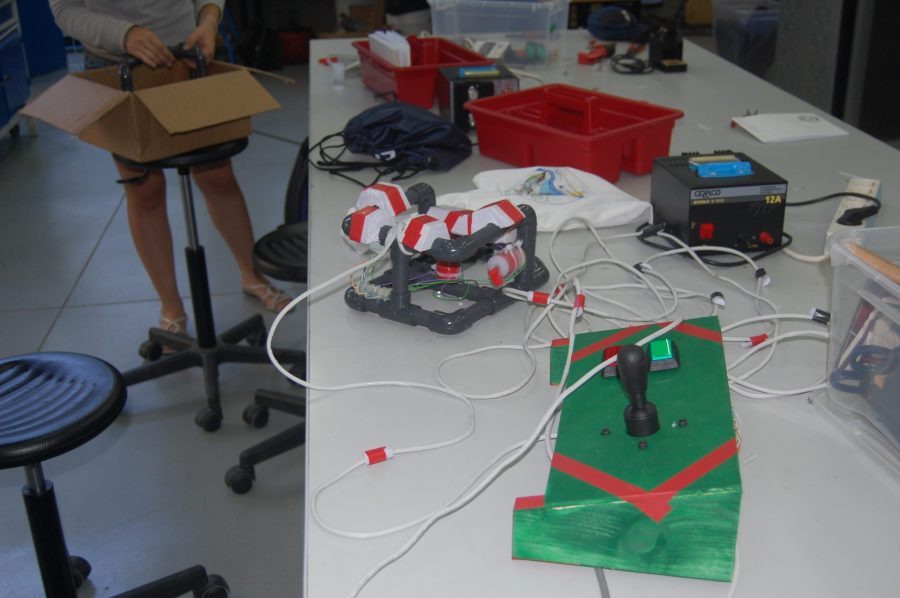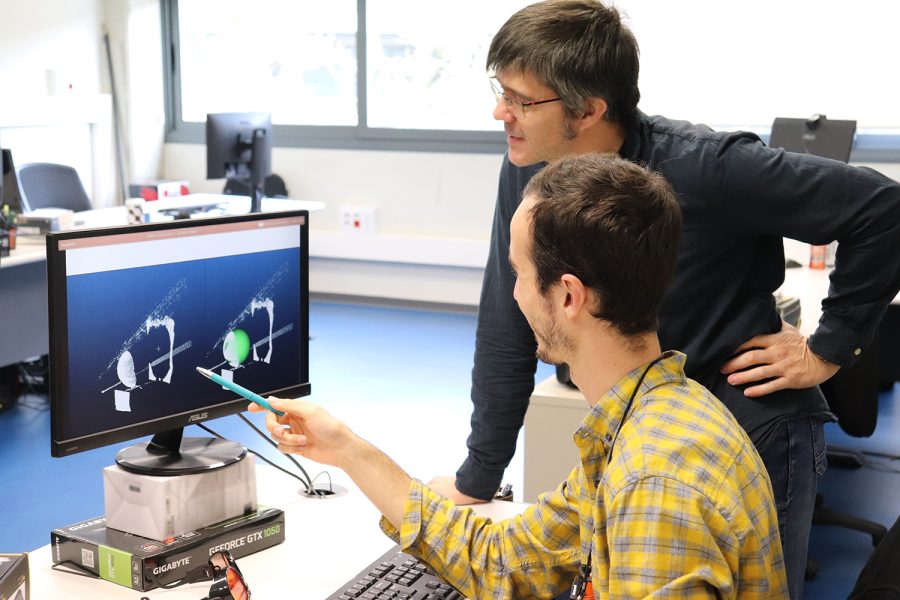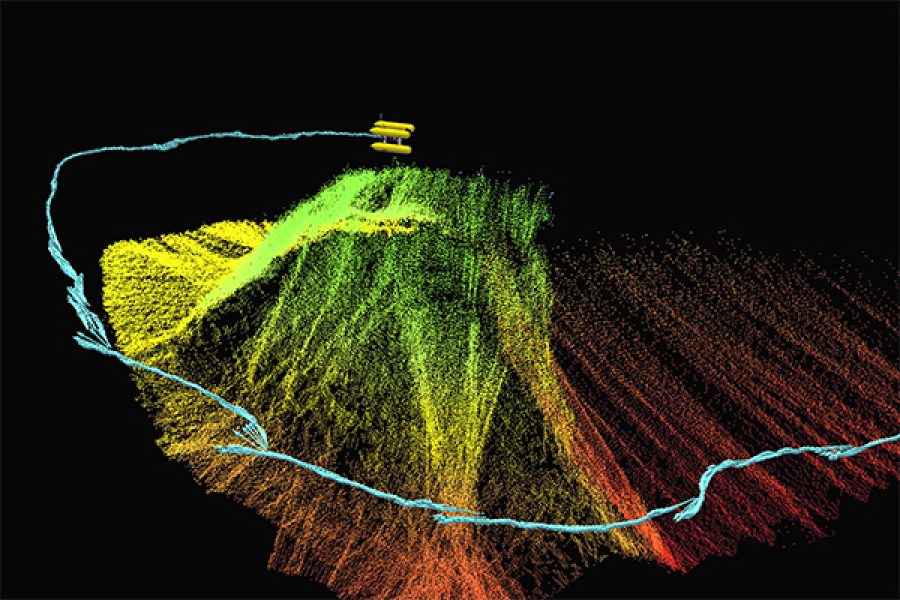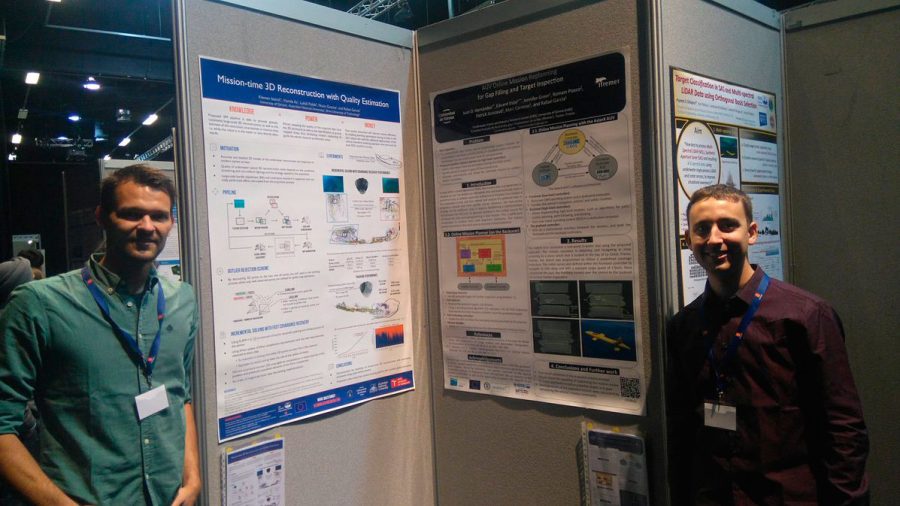“Four months in the United States. Working with motion planning experts”
In 2013, I started evaluating different alternatives for planning collision-free paths for Autonomous Underwater Vehicles (AUVs). During such review, I decided to use the Open Motion Planning Library (OMPL), a C++ programming library that consists of many of state-of-the-art sampling-base planning algorithms, which is developed at Rice University, in Houston, Texas. For more than one year, I focused on understanding the most relevant methods and integrating them to our vehicles’ control architecture in Girona. As a result, GIRONA500 and, specially, SPARUS-II AUVs were able to conduct missions that required simultaneous mapping and path planning online capabilities. These results were promising but also demonstrated different possibilities for improvements.
In early 2014, when preliminary trials had already been conducted, I contacted Prof. Lydia Kavraki, director of Kavraki Lab where OMPL is continuously developed and improved. Even though Prof. Kavraki’s lab is not zeroed in on underwater robotics, the application of OMPL in a completely experimental and real-world setup resulted in an interesting collaboration opportunity between Kavraki Lab and CIRS-ViCOROB. Prof. Kavraki and Dr. Mark Moll, one of her colleagues and collaborators, proposed me to work on optimizing my current framework for planning collision-free paths for AUVs in which the vehicle’s motion constraints were considered.
By the end of 2014 I had submitted the results to the International Conference on Robotics and Automation (ICRA), which would be used as the baseline for my work in Houston. From February to May 2015, I stayed at Rice University as a visiting scholar under the tutelage of Prof. Kavraki and Dr. Moll. We defined two main objectives, the first of them was to improve the framework accepted for presentation at ICRA 2015, and the second was to evaluate different alternatives to consider the uncertainty of the model, controller and environment in the problem of motion planning for AUVs. The methodology for this work included a weekly one-on-one meeting to discuss advances and specific details with them, a weekly group meeting in which normally one of the members of the group presents its work, and weekly seminars. After my first month in Houston, I had the opportunity to present my work in the group meeting, which occurred to be an excellent space for discussion with graduate students and postdocs, most of them experts on path/motion planning. As a result, some of the members offered their theoretical and technical support for the extensions I was intended to do.
By the end of the research stay, we had an improved framework for planning collision-free paths for AUVs that not only includes vehicle’s motion constraints, but also measures safety of the vehicle when navigating in close-proximity to obstacles. During my stay in Houston, I also prepared my presentation for ICRA 2015 (which occurred in my last week in the US), and I assisted to the conference with some of them that went to present their work as well. However, not everything was work in Houston, I also had the chance to go to some extra-academic activities, better know as group outings, such as the crawfish festival, good food, good music, and great moments with the group members. Finally, the results obtained in this experience will be validated experimentally during summer 2015 to be submitted to ICRA 2016.
